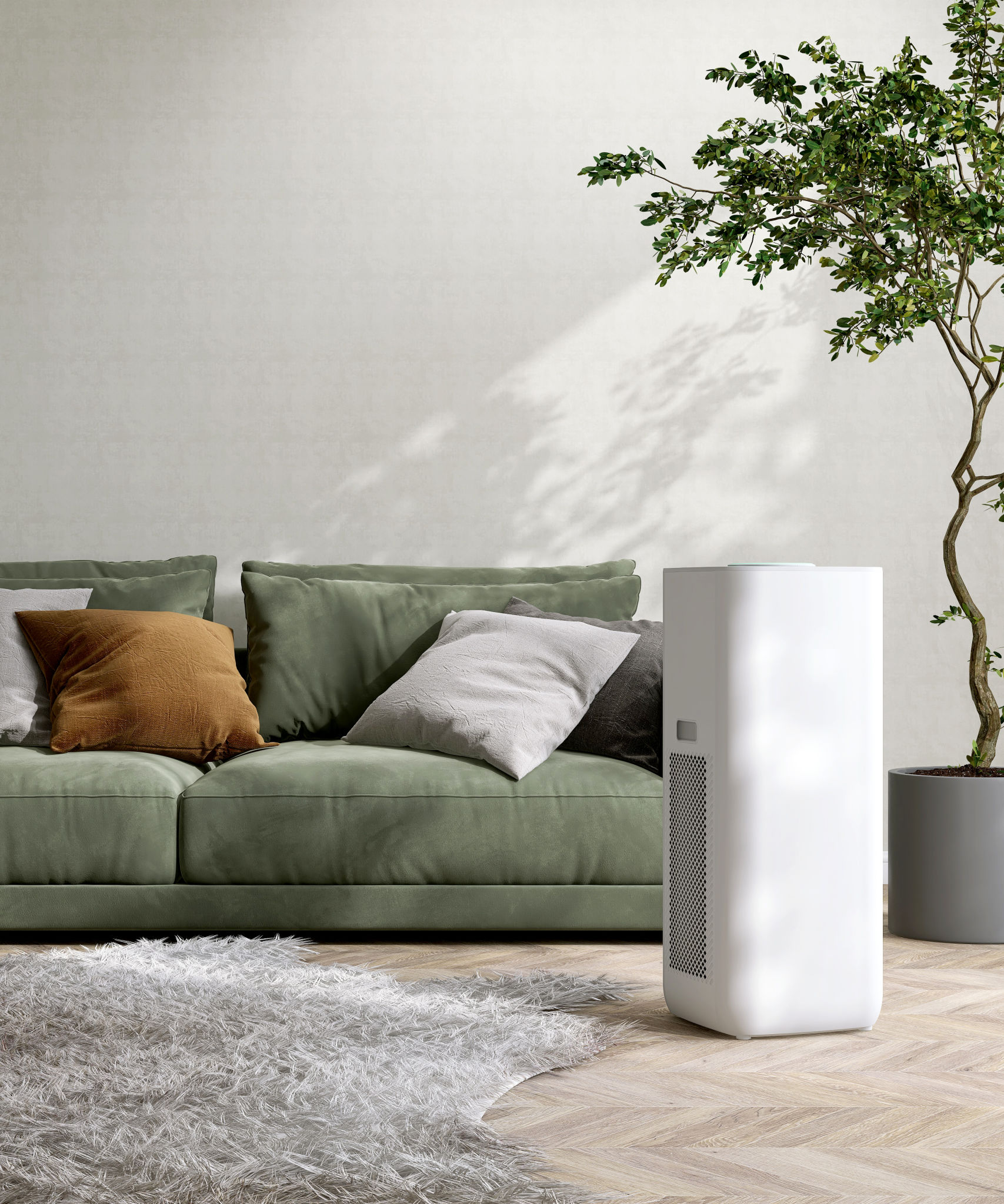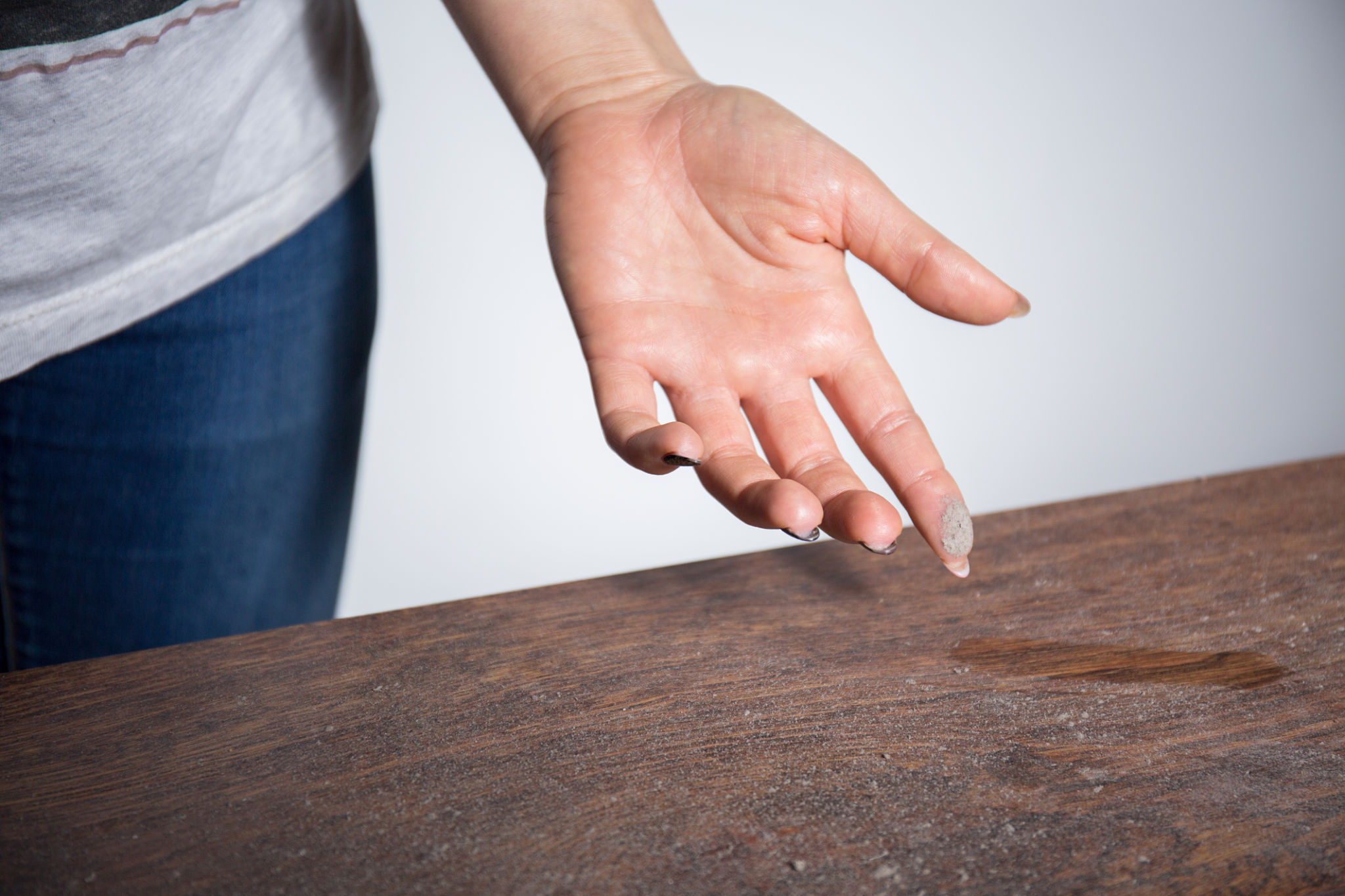How to Detox Your Home for a Healthier Family Environment
Understanding the Importance of Detoxing Your Home
Creating a healthier family environment starts at home. With an increasing number of pollutants and toxins accumulating indoors, it's essential to take proactive steps in detoxifying your living space. This not only improves the air quality but also promotes overall well-being for your family.
Many household products and furnishings release volatile organic compounds (VOCs) and other harmful substances. These can contribute to respiratory issues, allergies, and even long-term health complications. By identifying and eliminating these hazards, you can create a safer, more nurturing environment.

Identifying Common Household Toxins
Cleaning Products
One of the most common sources of toxins in the home is cleaning products. Many conventional cleaners contain harsh chemicals that can be harmful if inhaled or absorbed through the skin. Opt for natural or eco-friendly alternatives that use ingredients like vinegar, baking soda, or essential oils to minimize exposure.
Furniture and Decor
Furniture and decorations can also be sources of toxins due to the materials used in their production. Upholstered furniture, carpets, and curtains may contain flame retardants and other chemicals. Choose items made from natural materials like wood, cotton, or wool whenever possible, and look for certifications that indicate low chemical emissions.
Improving Air Quality
Improving indoor air quality is a crucial step in detoxifying your home. One effective method is to increase ventilation by opening windows regularly to allow fresh air circulation. Additionally, consider investing in a high-quality air purifier designed to remove particles and toxins from the air.

Houseplants as Natural Air Purifiers
Houseplants are not only aesthetically pleasing but also serve as natural air purifiers. Certain plants like spider plants, snake plants, and peace lilies can absorb toxins such as formaldehyde and benzene. Incorporate a variety of houseplants throughout your home to enhance air quality naturally.
Reducing Plastic Use
Plastic products are ubiquitous in modern homes, but they can leach harmful chemicals like BPA and phthalates. Reduce plastic use by opting for alternatives such as glass, stainless steel, or bamboo for food storage and kitchen utensils. This simple switch can significantly decrease your family's exposure to harmful substances.

Mindful Consumption
Detoxifying your home also involves being mindful of what you bring into it. Choose products with minimal packaging and those that are free from synthetic fragrances and dyes. Supporting brands that prioritize sustainability and transparency can help create a healthier environment for your family.
Regular Cleaning and Maintenance
A clean home is a healthy home. Regularly dust and vacuum to remove allergens and pollutants that accumulate on surfaces. Pay special attention to areas like carpets, upholstery, and bedding, which can harbor dust mites and other irritants.

Don't forget about mold prevention. Keep humidity levels in check with dehumidifiers, especially in basements and bathrooms where mold growth is more likely. Address any water leaks or dampness promptly to prevent mold from taking hold.
Conclusion: A Healthier Home for a Healthier Family
By taking these steps to detox your home, you're investing in the health and well-being of your family. A cleaner living environment contributes not only to physical health but also to peace of mind, knowing that you're providing a safe space for your loved ones.
Remember, creating a toxin-free home is an ongoing process. Stay informed about potential hazards and continue to make choices that prioritize health and sustainability. With each small change, you're fostering a healthier future for your family.
